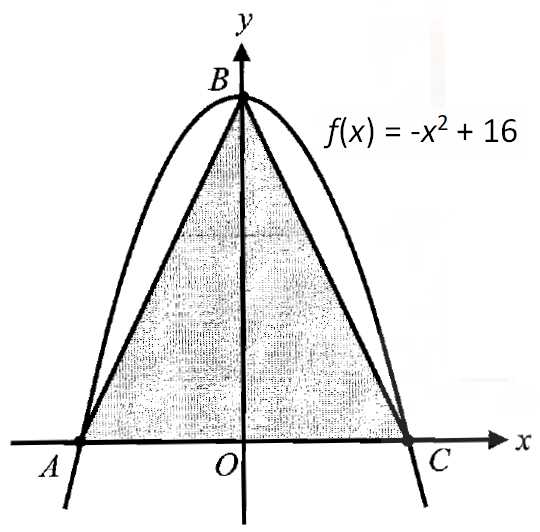OCTAL TO DECIMAL BINARY HEXADECIMAL CONVERTER
The online tool provided in this section can be used to convert octal to decimal, binary and hexadecimal.
| ||||||||||||
What is decimal, binary, octal and hexadecimal?
Decimal :
Decimal is nothing but the number we use in our day to day life. Whatever number we write in our day to day life, we use the ten digits 0, 1, 2, 3, 4, 5, 6, 7, 8, 9.
Since we use one or some of these ten digits in decimal, we say that decimal is having base 10.
Binary :
In digital electronics, we write the numbers using only the two digits "0" and "1". Whatever number we we have in regular, it will be written in digital electronics only by using the two digits "0" and "1".
Since we use only the two digits "0" and "1" in binary, we say that binary is having base 2.
Octal :
Octal is nothing but the number we write using the eight digits 0, 1, 2, 3, 4, 5, 6, 7.
Since we use one or some of these eight digits in octal, we say that octal is having base 8.
Hexadecimal :
Hexadecimal is nothing but the number we write using the sixteen digits 0, 1, 2, 3, 4, 5, 6, 7, 8, 9, A, B, C, D, E, F.
Here,
A = 10, B = 11, C = 12, D = 13, E = 14, F = 16
Whatever number we have in regular, it will be written in hexadecimal using these 16 digits.
Since we use one or some of these 16 digits in hexadecimal, we say that hexadecimal is having base 16.
The above explanation of decimal, binary, octal and hexadecimal is clearly shown in the picture below.
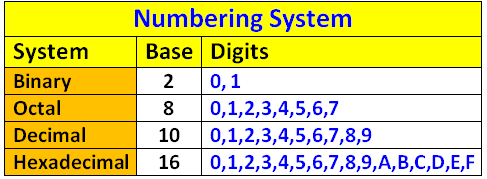
Conversions Between Decimal, Binary, Octal and Hexadecimal
|
Decimal to Binary Conversion Decimal to Octal Conversion Decimal to Hexadecimal Conversion Binary to Decimal Conversion Octal to Decimal Conversion Hexadecimal to Decimal Conversion |
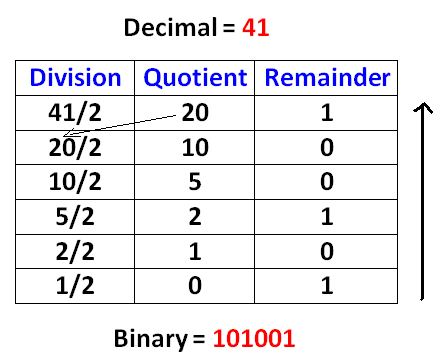
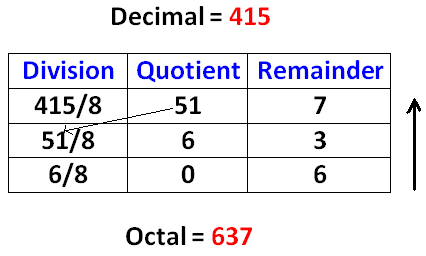
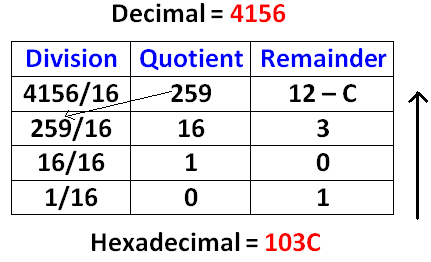
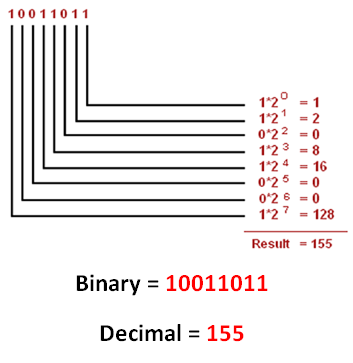
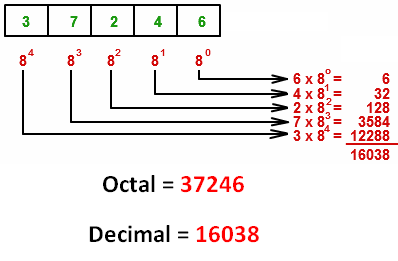
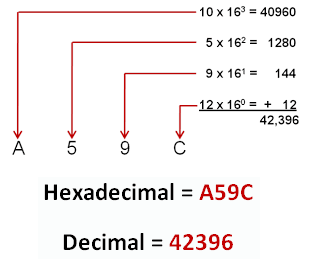
|
Kindly mail your feedback to v4formath@gmail.com
We always appreciate your feedback.
©All rights reserved. onlinemath4all.com
Recent Articles
-
Digital SAT Math Problems and Solutions (Part - 143)
Apr 13, 25 12:01 PM
Digital SAT Math Problems and Solutions (Part - 143) -
Quadratic Equation Problems with Solutions
Apr 12, 25 08:21 PM
Quadratic Equation Problems with Solutions -
Digital SAT Math Problems and Solutions (Part - 142)
Apr 11, 25 06:26 PM
Digital SAT Math Problems and Solutions (Part - 142)
